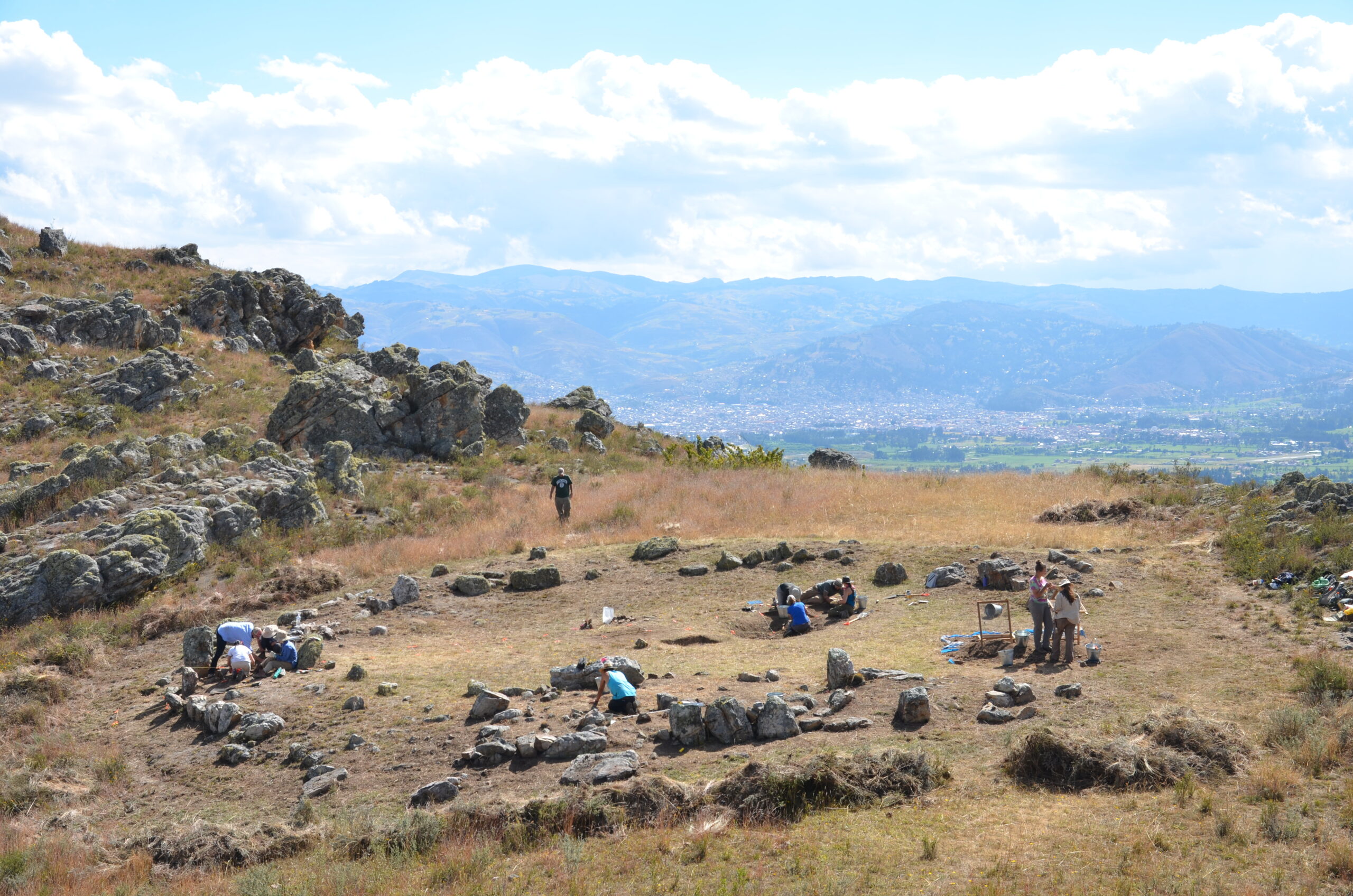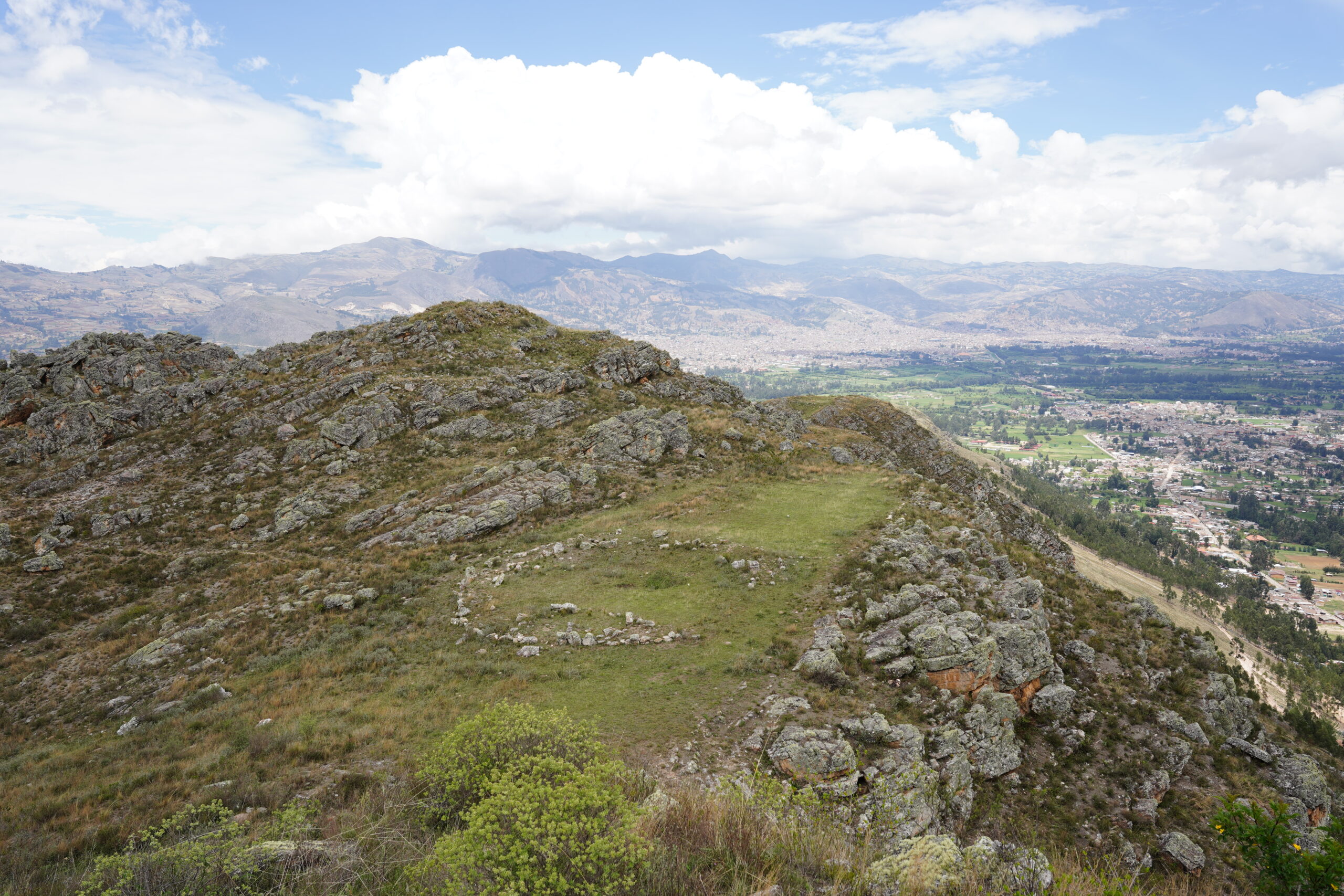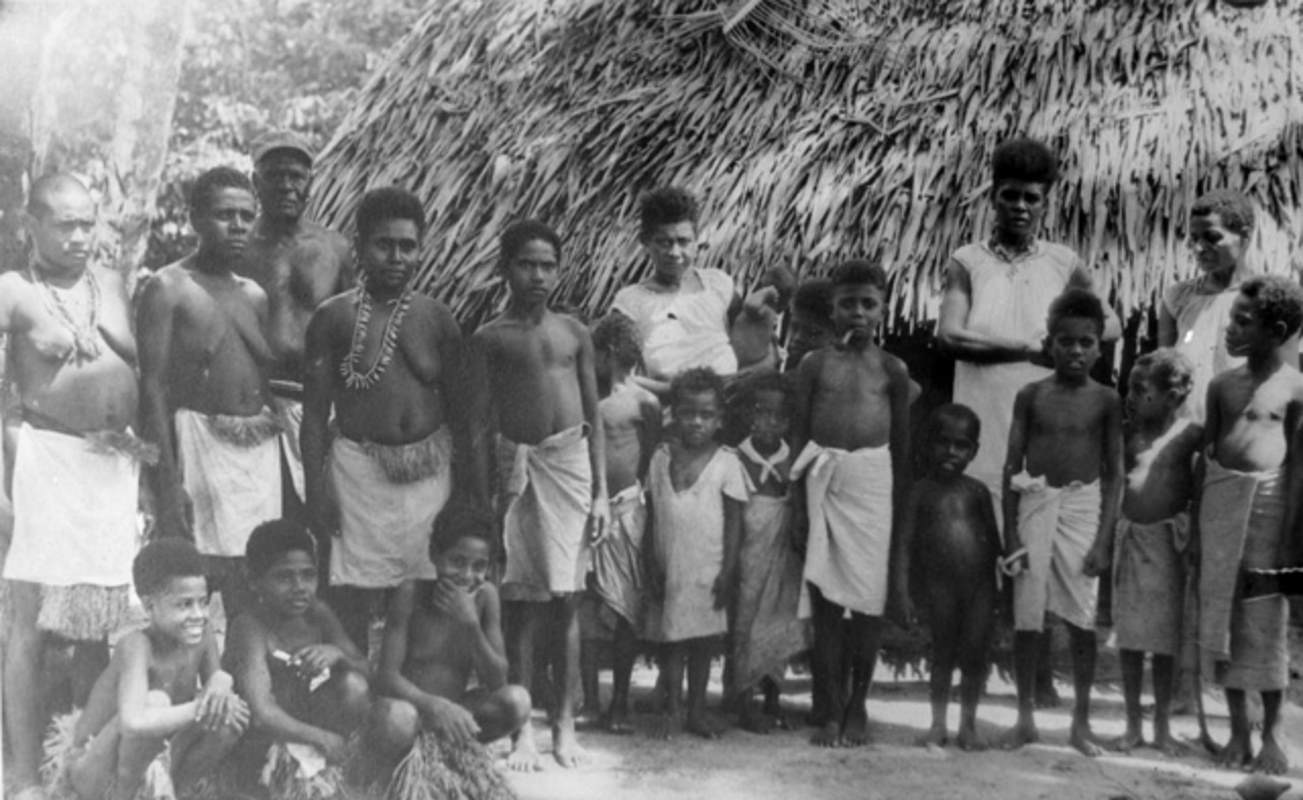In the Cajamarca Basin of Northern Peru, at a place called Callacpuma, archeologists have uncovered a real treasure—a circular stone plaza with human activity dating back farther than almost any other megalithic structure in the Western Hemisphere.
Additionally, its design and construction method are also entirely unique, and the discovery opens up a new prequel chapter in the rich history of human civilization in the Andes Mountains.
Evidence of charcoal and fires found at the base of one of the megaliths was used for radiocarbon dating, since this standard method of estimating the age of objects can’t be used on bare rock.
The charcoal was last burned between 2,632 and 2,884 BCE, placing its construction within the Andean Late Preceramic period, and around the same time as Stonehenge in England.
“This structure was built approximately 100 years before the Great Pyramids of Egypt and around the same time as Stonehenge,” says University of Wyoming Anthropologist, Jason Toohey, who helped lead the excavations and publish the paper on its discovery.
Callacpuma has been investigated for 60 years, but early excavations focused on around 100 instances of carved and painted rock art connected to the site. The site is composed of a large number of features, including domestic and agricultural terraces, platform mounds along the ridge’s summit, and a large cave complex, and though it didn’t exist at the time, it is bounded on the northern side by the famous Inca road network.
“It was probably a gathering place and ceremonial location for some of the earliest people living in this part of the Cajamarca Valley. These people were living a primarily hunting-and-gathering lifestyle and probably had only recently begun growing crops and domesticating animals,” said Toohey.

One of a kind
The plaza is formed by two concentric walls and measures about 60 feet in diameter. Multiple large stones were placed upright in the circular construction. They are by no measure as large as those used to construct Stonehenge, but would still have required backbreaking labor to move them up to the crest of the hill where the plaza was made.
Excavations also revealed that the earth had been cleared to the bedrock layer before construction began.
The stones were neither shaped nor mortared and instead were placed in a close interlocking order. The plaza was sunken, and an entry point that allowed for descent into the plaza was identified on the western wall. Two to three small, enclosed rooms were present on the interior of the circular plaza and abutted to the eastern plaza edge, where the charcoal was discovered.
When surveying the archeological record of Peru, monumental stone architecture can only be hypothesized at some sites dating to before the plaza in Cajamarca.
Toohey et al. write that large platform mounds, such as those found at the coastal sites of Caral (~2600 BCE), Cerro Lampay (~2400 BCE), and Sechín Bajo (~3300 BCE), and highland sites including Kotosh and La Galgada (~3000 BCE), show that monumental stonework was not a new invention, but typically involved stone-faced walls filled with cobbles and soil.
However, the earliest dated architecture in the region of Cajamarca are the mound complexes at Huacaloma, which date to around 1,600 BCE. While ceramics at Callacpuma were recovered from the surface layer, no such artifacts were present on the foundation layer; one of the evidence points which led Toohey and his team to conclude that the construction predates the invention of ceramic pottery.
To that end, no such design of stonework has ever been found in the pre-ceramic tradition in the Northern Andes, and it represents one of the oldest such constructions identified in the whole Western Hemisphere. Toohey and the team modestly write that the sunken circular plaza of Callacpuma didn’t represent a whole tradition of construction, but perhaps a single offshoot. WaL
PICTURED ABOVE: A northwest view of the site, with the circular plaza at the center and the modern city of Cajamarca in the background. PC: Jason Toohey, supplied.



